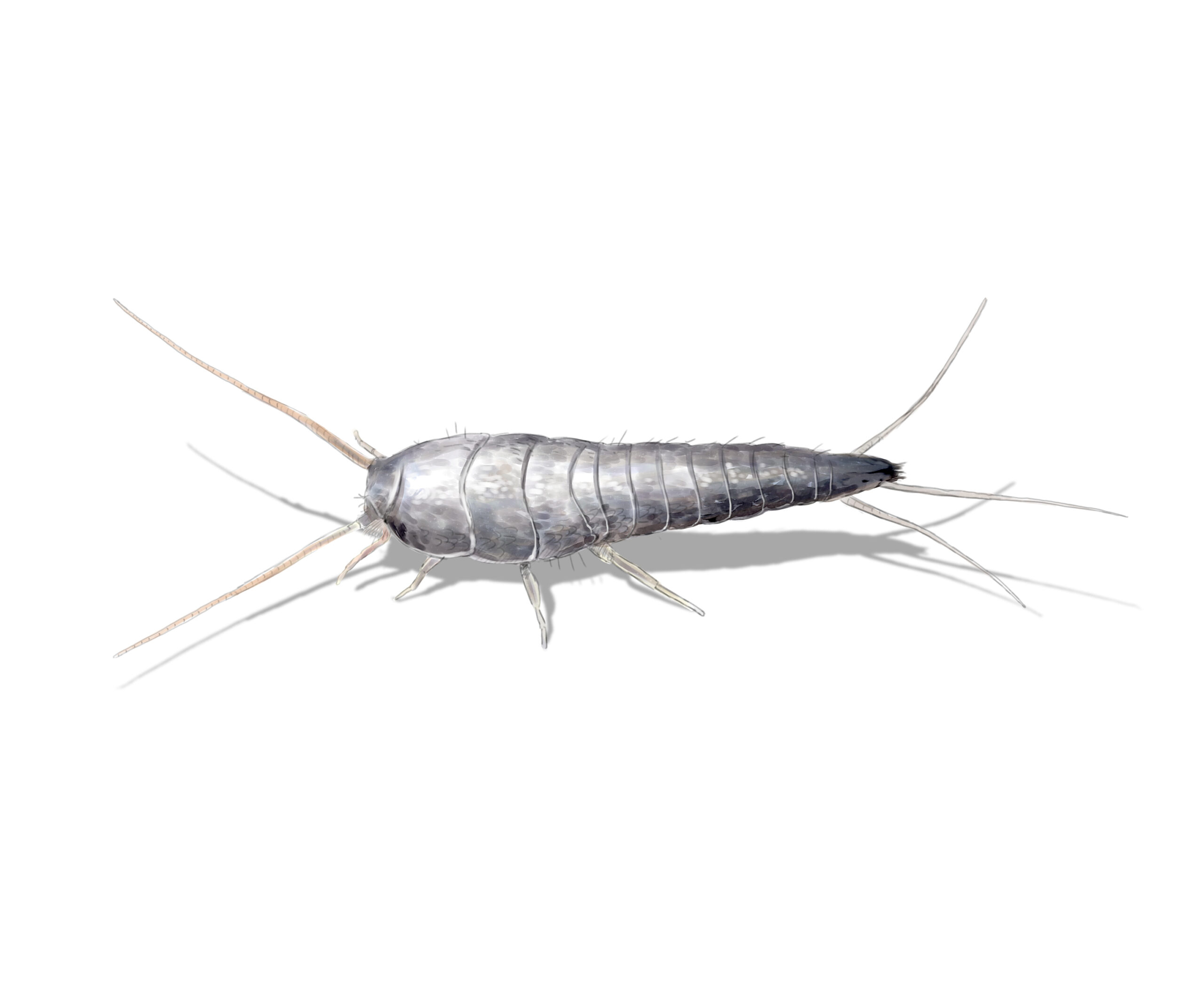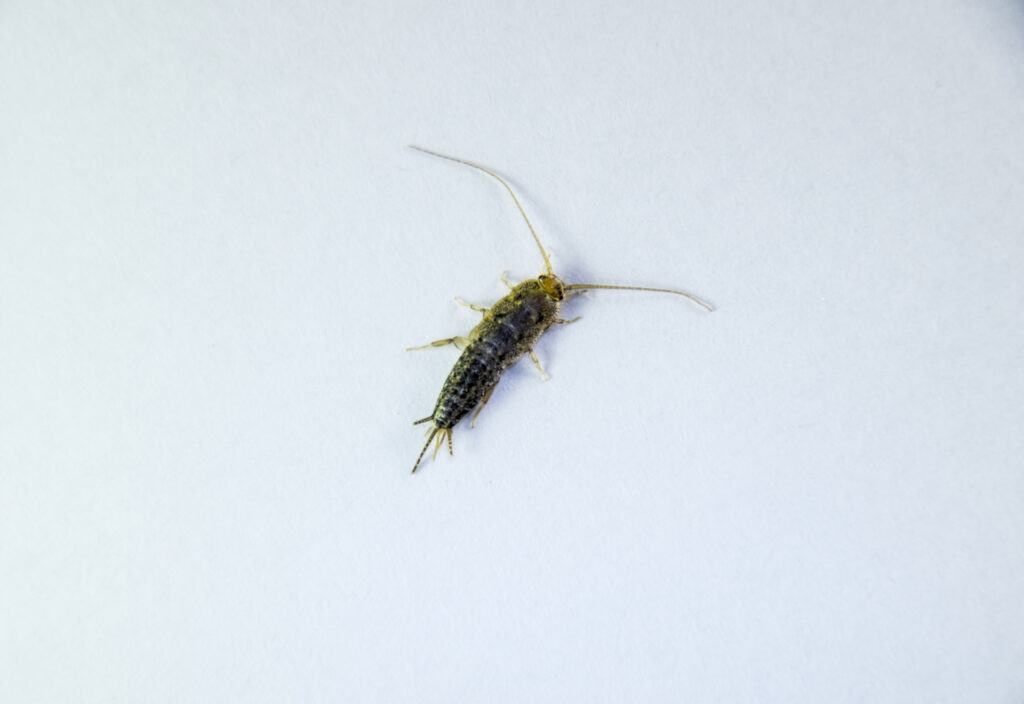International Women’s Day 2025, History, Quotes, Messages, Wishes and Captions


Silverfish are elusive, wingless insects that often find their way into homes, creating a nuisance for homeowners. Known for their distinct metallic appearance and fish-like movements, these pests can be unsettling to discover. Understanding their origins, behavior, and the specific areas they inhabit within your home is crucial for effective management and prevention. This comprehensive guide will explore the historical background of silverfish, recognize the signs of an infestation, and offer practical solutions to keep these unwelcome guests at bay.

Silverfish, scientifically known as Lepisma saccharina, have been around for over 400 million years, making them one of the oldest insect species still in existence. Their resilience and adaptability have allowed them to thrive in various environments, including human dwellings. Originally, silverfish were inhabitants of moist, dark areas such as leaf litter and under rocks. However, as humans developed homes, silverfish adapted to indoor environments, particularly those that mimic their natural habitat.
Identifying a silverfish infestation early can help prevent significant damage to your home and belongings. Common signs include small holes in paper or cardboard materials, yellow stains, and scales that silverfish shed. You might also notice their distinctive droppings, which resemble small black pepper flakes. Silverfish are nocturnal, so spotting them during the day is rare, but if you do, it could indicate a more severe infestation.
Silverfish are drawn to damp, humid environments, making certain areas of your home more susceptible to infestation. Bathrooms, basements, and kitchens are prime locations due to their moisture levels. Silverfish also favor spaces like attics and garages where they can find paper, glue, and textiles to feed on. Identifying these hotspots is essential for targeted control and prevention measures.
Within your home, silverfish are often found in areas with high humidity and plenty of food sources. Bookshelves, storage boxes, and closets are common hiding places due to the abundance of paper and fabric. Additionally, crevices in walls, under sinks, and around leaky pipes provide ideal conditions for silverfish to thrive. Regularly inspecting these areas can help you detect and address infestations promptly.

Managing a silverfish infestation requires a combination of immediate actions and long-term strategies. DIY solutions include reducing humidity levels with dehumidifiers, sealing cracks and crevices, and using natural repellents like diatomaceous earth and cedar shavings. For more severe infestations, professional pest control services may be necessary. These experts can provide targeted treatments and advice on preventing future invasions.
DIY methods can be effective for minor infestations and are often cost-effective. However, they require regular maintenance and monitoring. Professional pest control offers a more comprehensive solution, employing specialized techniques and products that are not available to the general public. While more expensive, professional services provide peace of mind and often come with guarantees, ensuring a more thorough eradication of silverfish.
Prevention is key when it comes to keeping silverfish out of your home. Begin by addressing moisture issues—repair leaks, ensure proper ventilation, and use dehumidifiers in damp areas. Regularly clean and declutter spaces, especially those prone to humidity. Store paper products and fabrics in sealed containers to limit food sources. These detailed prevention tips can significantly reduce the likelihood of a silverfish infestation.
To further safeguard your home, consider using essential oils like lavender or citrus, which are natural deterrents for silverfish. Regularly vacuum carpets and dust surfaces to remove potential food sources. Installing weather stripping around windows and doors can prevent silverfish from entering your home. By combining these strategies, you create an environment that is inhospitable to silverfish.
While silverfish do not directly pose serious health risks, they can trigger allergic reactions in some individuals. Their droppings and shed scales can mix with dust, potentially exacerbating allergies or asthma symptoms. Maintaining a clean home and addressing infestations promptly can help minimize these health concerns.
Once you’ve managed to rid your home of silverfish, maintaining a pest-free environment requires ongoing effort. Regularly monitor areas previously affected by infestations and continue to implement moisture control measures. Keep up with cleaning routines and inspect your home for any new entry points or potential food sources. By staying vigilant, you can ensure your home remains a silverfish-free sanctuary.